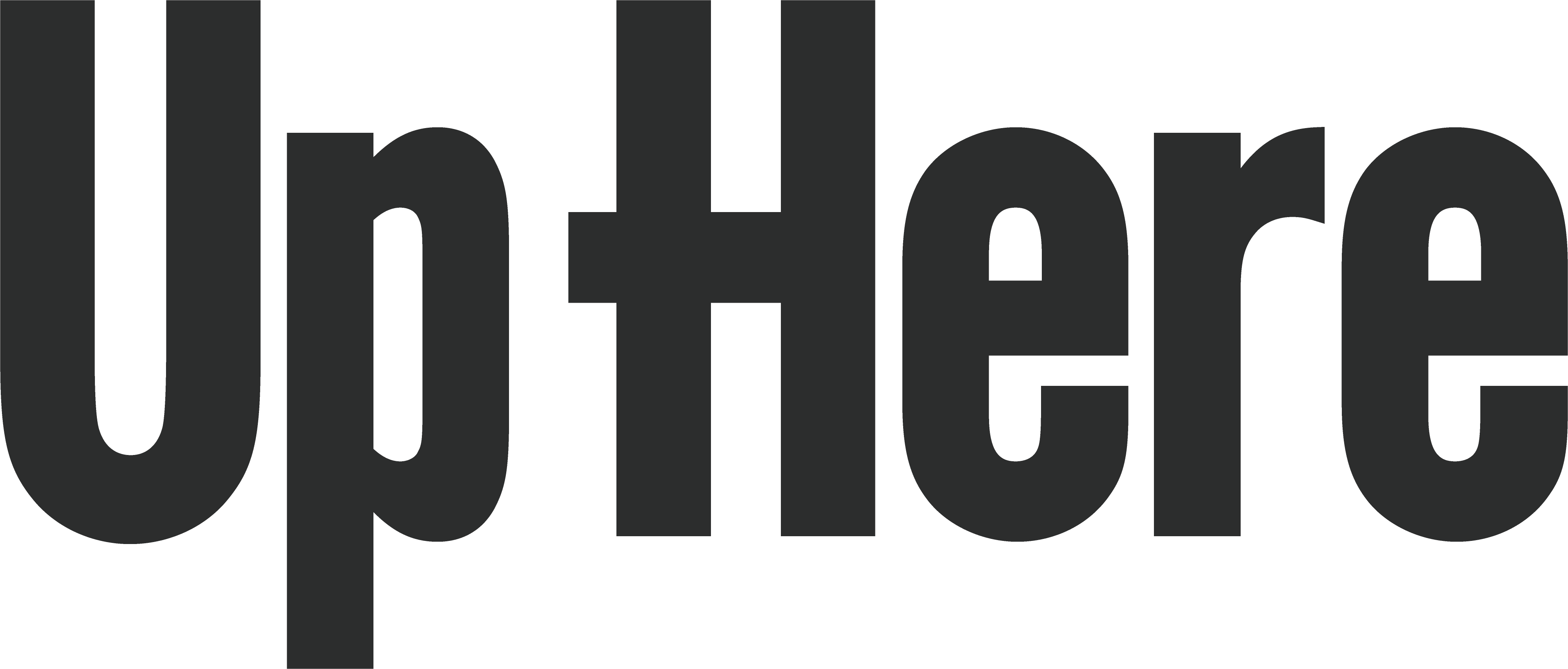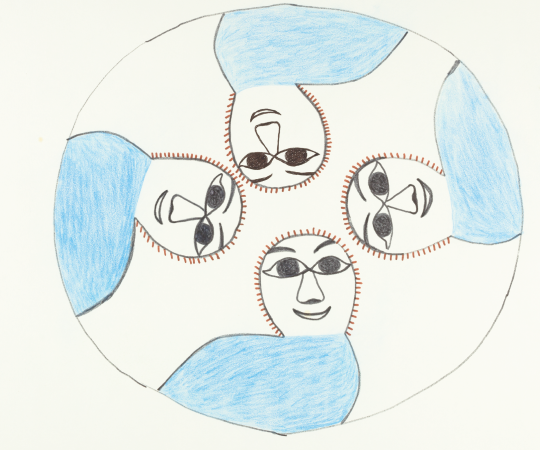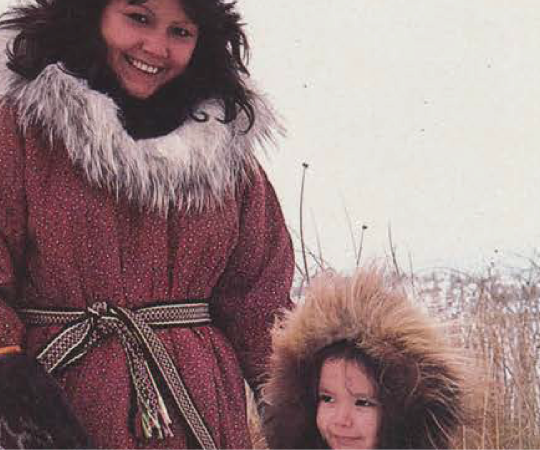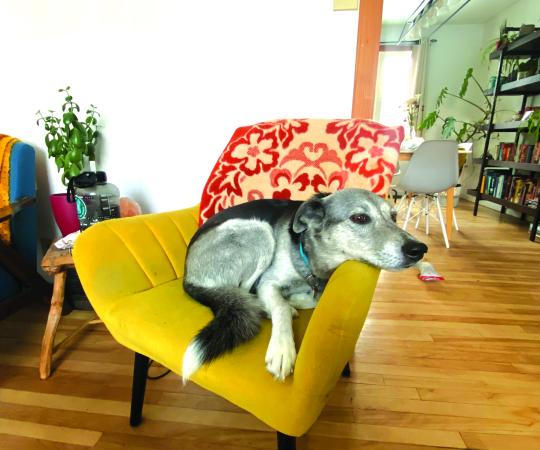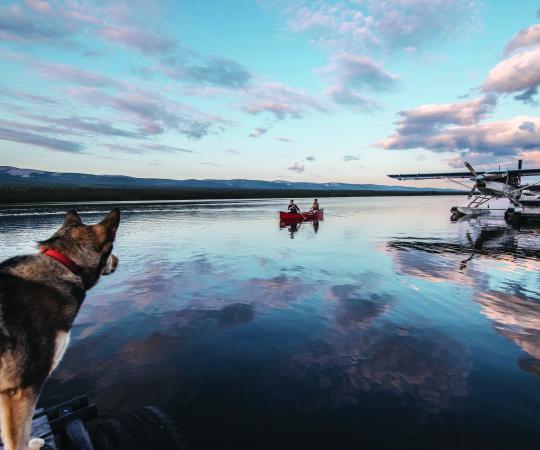Starting in early April, more than 200 species of bird will be visible in Yellowknife and the surrounding area. Some will stay for the summer and others will just be stopping over briefly, en route to the Arctic.
Though Yellowknife is known primarily for lights that dance in the sky, the capital is an underrated birding destination. “The birds that funnel through Yellowknife are coming from both the more easterly side of North America and the westerly side,” says Jeff Wells of the Boreal Songbird Initiative. “There’s this mix of east and west birds and those on their way to the Arctic that you don’t necessarily see very easily further south.”
In the same day, you could see vibrantly coloured western tanagers at the edge of their eastern range, and a Harris’s sparrow, which winters in the central plains of the United States and makes its way through Yellowknife to its breeding grounds in the NWT and Nunavut. “With that east-west mix, north-south mix, and all the different varieties, it has almost an exotic feel to it for people from down south,” says Wells.
“Just walking up Franklin Avenue, I had a sharp-shinned hawk fly right in front of my face and snatch a house sparrow out of the air.”
Because of the annual migration, both the spring and fall are high season for local and visiting birders. But the spring in particular offers remarkably colourful and musical displays. Yellowknife ornithologist Bob Bromley marks May 25 on his calendar—that’s when he starts seeing birds in their nuptial plumage. This is the coat males use to attract females, so they really stand out. And it makes the species of birds easier to differentiate. In their fall plumage, both male and female take on muddier tones, so sightings take a bit more work.
You don’t have to venture too far out of town to catch a glimpse of some of Yellowknife’s winged wildlife. “Just walking up Franklin Avenue, I had a sharp-shinned hawk fly right in front of my face and snatch a house sparrow out of the air,” says Bromley. But birders in the know will venture to Willow Flats and the Rotary Boardwalk in Old Town, on the shores of Yellowknife Bay. Walks around the Frame or Niven Lake trails are guaranteed to be chock full of bird sightings in springtime too, says Wells. And they’re just a few steps from some of the city’s biggest hotels.
For those who think they’ve seen it all, there might even be a few surprises in Yellowknife, says Wells. He was walking around the city on one visit when he heard the familiar ‘sweet sweet sweet to meet-cha’ call made by the chestnut-sided warbler. Yellowknife is significantly out of this bird’s range—though many ranges are gradually expanding north. He followed the sound in disbelief and found a yellow warbler, seeming to mimic its cousin’s call rather than singing its own ‘sweet sweet sweet I’m so sweet’ song. Wells believes they have a different dialect in the North. And then there are the birds with uncommon habits, like Bonaparte’s gulls, which nest in trees unlike any other gull.
It’s surprises like these that bring even a well-seasoned birder like Wells back North. “There’s still a wonderland of birding left to explore.”

Where to go
The terrain around Yellowknife is diverse and offers comfortable habitat for many different kinds of birds. Bromley divides the region into three different zones.
To the west: Towards Behchokò˛, you’ll find a lot more deciduous trees and wetlands with shallow, productive ponds. As Great Slave Lake has receded over the years, it has left behind this marshy habitat. Black-and-white warblers and Townsend’s warblers can be found here—along with many millions of mosquitoes. Bring your bug dope.
To the east: Up the Ingraham Trail conifers are more abundant, ponds are less productive and there are clearer and deeper lakes. The larger trees here make it a popular spot for pileated woodpeckers and the less-common black-backed woodpecker, which looks for burnt-out forests—something this region has in spades.
On the lake: The numerous islands dotting Great Slave Lake ease into spring later than the mainland due to the slower melt of lake ice. With ice sheets and frigid water remaining well into spring, the islands emulate a more northern environment, says Bromley, meaning certain species typically found in the Arctic can also be seen all summer on these islands just outside of Yellowknife.
Among others, you’ll find parasitic jaegers; Arctic, Caspian and black terns; and greater scaup—a duck that nests on the islands. And there are still many species to be discovered on the lake, says Bromley.
